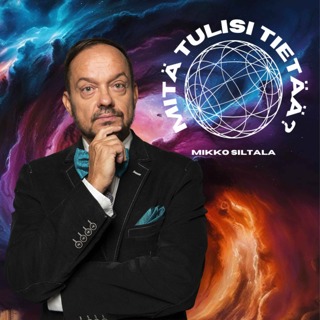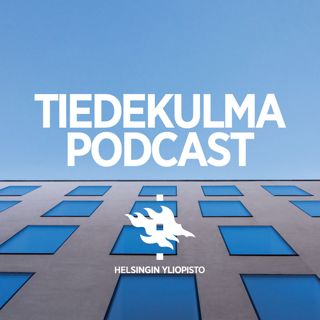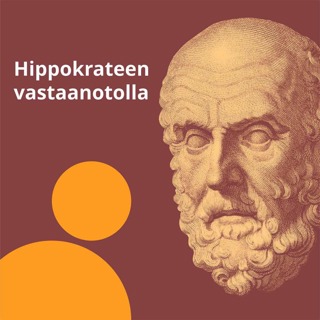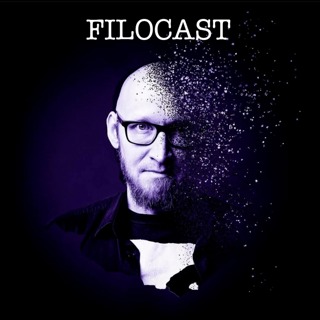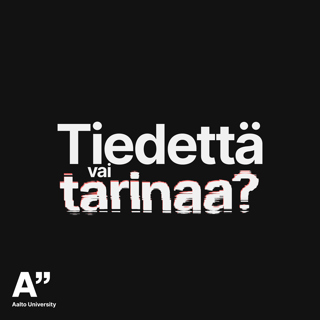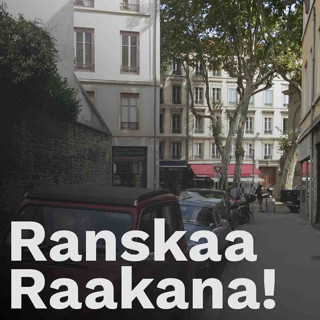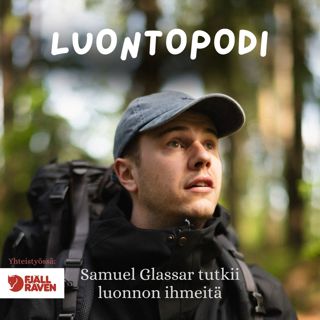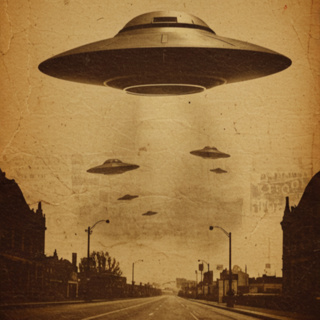
Roswell 1947: Unidentified Object or Weather Balloon?
In 1947, the town of Roswell, New Mexico, became the epicenter of one of the most enduring mysteries in UFO lore. In this episode of Alien Archive, we take a deep dive into the Roswell incident, dissecting witness testimonies, military reports, and the controversial evidence that has fueled decades of debate. Was the debris discovered near Roswell merely a misidentified weather balloon—or more specifically, a Project Mogul balloon used for nuclear test monitoring—or does it hint at something far more extraordinary, perhaps even extraterrestrial in origin?Our investigation begins with a detailed review of the original events. Eyewitnesses, ranging from local ranchers to military personnel, reported a crash and a subsequent recovery operation shrouded in secrecy. We explore how initial news reports and official military statements set off a chain reaction of public intrigue and conspiracy theories. Over the years, the Roswell story has morphed into a symbol of government cover-ups, with claims of recovered alien bodies and advanced technology sparking intense speculation.In this episode, we also scrutinize the infamous alien autopsy film—an artifact that has both fascinated and divided UFO enthusiasts. We examine its origins, the controversies surrounding its authenticity, and how it influenced public perception of the incident. Expert interviews, declassified documents, and archival research provide us with multiple perspectives, allowing us to weigh conventional explanations against more sensational claims.Additionally, we look at the evolution of the Roswell narrative in popular culture and media. How did the initial debris recovery transform into a complex tapestry of theories involving secret military experiments and extraterrestrial visitations? We review scholarly research, government disclosures, and media investigations that continue to challenge the official version of events.Join us as we sift through the evidence, debate the competing theories, and attempt to separate fact from myth in one of the most iconic UFO cases of all time. Whether you lean toward skepticism or believe the truth is still hidden, this episode promises an in-depth, balanced exploration of the Roswell incident—a case that remains as captivating as ever.Check out the Roswell sighting inspired, high precision metal spinning top.
19 Helmi 11min

Cussac 1967: France's "Close Encounter" Mystery
In August 1967, a baffling UFO incident unfolded in the rural fields near Cussac in the Cantal region of France. This episode of Alien Archive delves into what has become known as the “Close Encounter of Cussac,” where two young children reported witnessing an extraordinary phenomenon. According to eyewitness testimony, while herding cattle in a quiet field, a 13-year-old boy and his 9-year-old sister observed a brilliant, glowing sphere hovering in the sky. As the sphere appeared to lift off, the children claimed to see four small, dark humanoid figures emerging alongside it, accompanied by a distinct sulfur-like odor and disturbed, dried grass at the takeoff site.In this in-depth investigation, we unpack every element of the Cussac UFO sighting by examining multiple facets:• Eyewitness Accounts: We explore the firsthand testimonies of the children, whose vivid recollections have been corroborated by local police reports. Their descriptions, filled with both wonder and apprehension, offer a rare glimpse into the impact such an encounter can have on young minds.• Official Investigations: The French government's unique approach to UFO investigations, led by GEIPAN (formerly GEPAN), plays a pivotal role in our analysis. We review declassified documents and official reports that outline the procedures and findings of the GEIPAN team, which sought to determine whether the event was an unexplained anomaly or could be attributed to misidentifications of natural or man-made phenomena.• Media Coverage and Cultural Impact: This episode examines how French media outlets such as Le Monde and Libération reported the Cussac case, shaping public perception. We trace the evolution of the story from its initial press coverage to its enduring legacy in French ufology and popular culture.• Theoretical Perspectives: We discuss the spectrum of theories that have emerged over the decades. Some researchers suggest that the sighting might be a case of misidentification—perhaps influenced by familiar military or helicopter activity—while others argue that the consistent details and physical evidence hint at a genuinely extraordinary event. Skeptical perspectives are also considered, weighing the possibility of cultural and psychological influences on the witnesses’ memories.• Scientific and Skeptical Analysis: The episode reviews the methodologies employed by ufologists and skeptics alike in evaluating the incident. By examining archival research, environmental data, and the historical context of UFO sightings in France, we aim to assess whether the Cussac event defies conventional explanations or if it fits within a broader pattern of misinterpretations and hoaxes.• Legacy and Ongoing Debate: Despite decades of investigation, the Cussac case remains an unresolved enigma. Its detailed witness accounts, the involvement of official French investigative bodies, and its persistent presence in ufological discussions underscore its significance. We also explore how this case has influenced subsequent research and continues to inspire both serious study and speculative debate among enthusiasts.Join us on this comprehensive journey as we revisit the Cussac UFO sighting—a case that not only challenges our understanding of unidentified aerial phenomena but also serves as a cultural touchstone in the history of UFO encounters. With expert interviews, archival evidence, and balanced analysis, this episode offers a thorough exploration of one of France’s most intriguing and enduring mysteries.
18 Helmi 19min

Lubbock Lights: Unraveling the 1951 UFO Mystery Over Texas
In the summer of 1951, the skies over Lubbock, Texas, became the stage for one of the most fascinating UFO events in American history—the Lubbock Lights. In this episode of Alien Archive, we dive deep into the mysterious formation of glowing lights observed by reputable eyewitnesses, including three professors from Texas Tech and 19-year-old Carl Hart Jr., whose iconic photographs captured the phenomenon in a distinctive V-formation.Our investigation begins with the eyewitness accounts. On clear nights in August and September 1951, a group of well-credentialed scientists and local residents observed a series of bright, star-like lights moving across the sky at high speeds. The professors, experts in geology, chemical engineering, and petroleum engineering, initially ruled out meteorological or astronomical explanations. Their collective testimony, supported by Hart’s rare photographic evidence, lent an unusual credibility to the case that set it apart from other fleeting UFO reports.We examine the details of Carl Hart Jr.’s photographs—the only visual record of the event. Taken with a 35mm camera under controlled conditions, these images show a cluster of lights arranged in a precise V-shape, hinting at formation flight. Despite extensive analysis by both independent researchers and official military investigations (including Project Blue Book), the true nature of these objects remains a subject of intense debate.The episode also explores the various theories proposed over the decades. One theory suggests that the lights might have been the result of reflections off migrating birds disturbed by newly installed mercury-vapor streetlights—a hypothesis supported by some local experts. However, many of the eyewitnesses and researchers argue that the objects’ size, speed, and formation defy the natural explanation of birds. Other explanations range from atmospheric optical phenomena to secret military aircraft tests, yet none have conclusively resolved the mystery.We discuss the cultural and historical impact of the Lubbock Lights. This case not only ignited national media attention during the 1950s UFO craze but also contributed significantly to the field of ufology. It spurred further official investigations and remains a benchmark for those who believe that the truth about unidentified aerial phenomena is still hidden in plain sight.In this episode, we bring you expert interviews, archival documents, and the latest analysis generated by advanced AI tools. We sift through decades-old newspaper reports, government files, and scholarly research to present a balanced view of the Lubbock Lights incident. Our goal is to offer listeners a comprehensive understanding of the event, its implications for UFO research, and its enduring legacy in American pop culture.Join us as we retrace the steps of the 1951 Lubbock Lights case—examining the evidence, questioning the theories, and uncovering the enduring mystery that continues to captivate UFO enthusiasts around the world. Whether you’re a skeptic or a firm believer, this episode promises to provide a thought-provoking exploration of one of the most intriguing UFO sightings of all time.
18 Helmi 22min


